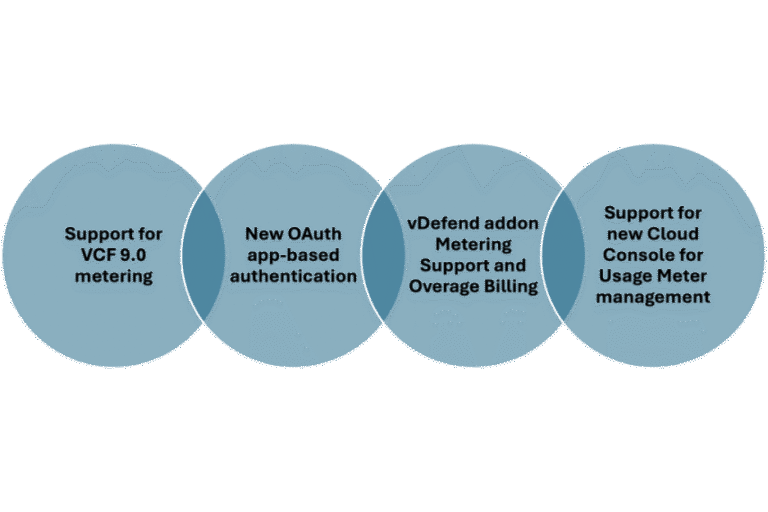

In a world where data drives every decision, choosing the right storage solution is fundamental to business resilience, operational efficiency, and future scalability. As enterprises seek better ways to protect, access, and manage their ever-growing digital assets, the debate between SAN storage and NAS solutions becomes more relevant than ever. Understanding the key differences, benefits, and ideal use cases for each solution will empower organizations to make strategic decisions that align with their unique needs and growth ambitions.
Understanding SAN and NAS: Core Concepts
Both SAN (Storage Area Network) and NAS (Network Attached Storage) are designed to centralize storage, facilitate collaboration, and simplify data management. However, they differ markedly in architecture and intended applications.
A SAN is a specialized, high-speed network that connects multiple servers to a shared pool of storage at the block level. SAN architecture is engineered for performance, delivering low-latency data access and supporting mission-critical workloads like large databases, virtualization, and enterprise resource planning (ERP) systems. SANs commonly use Fibre Channel or iSCSI protocols to provide robust, scalable, and resilient storage infrastructure across enterprise environments.
In contrast, NAS operates at the file level, acting as an appliance on your existing Ethernet network. It provides centralized, easy-to-use file sharing for teams, departments, or even entire organizations. NAS is prized for its simplicity, cost-effectiveness, and quick deployment—making it ideal for small businesses, remote teams, or organizations prioritizing streamlined collaboration and backup.
Key Differences Between SAN Storage and NAS
Architecture: SAN storage relies on a dedicated network fabric, separating storage traffic from general network traffic to optimize speed and reliability. This architecture supports complex enterprise demands and scales to support hundreds or thousands of users. NAS, on the other hand, connects directly to your existing network, managing file-level storage accessible to users across different operating systems.
Performance: SAN solutions stand out for high throughput and low latency. They are the backbone for performance-sensitive applications—think transactional databases and large-scale virtualization. NAS is well-suited for environments where file sharing, backup, and archiving are the priorities, with performance typically dependent on network traffic and device capabilities.
Scalability: SAN architectures are highly scalable, allowing organizations to expand capacity and performance as needs evolve. Advanced SAN solutions can integrate all-flash arrays, hybrid systems, and even NVMe over Fibre Channel for demanding workloads. NAS systems offer basic scalability, often limited by the hardware’s drive bays or network bandwidth, but are sufficient for many SMB and departmental scenarios.
Cost and Complexity: NAS is generally more affordable and easier to manage, requiring less specialized IT expertise. SANs involve higher upfront costs and ongoing administration but deliver significant ROI for enterprises that depend on always-available, high-speed access to large volumes of data.
When to Choose SAN Storage vs NAS Solutions
Selecting between SAN and NAS depends on your organization’s size, technical requirements, and growth trajectory.
- Choose SAN storage for mission-critical applications, high-transaction databases, large virtualization platforms, and environments where every millisecond of latency matters. SAN solutions are also ideal for enterprises with multiple sites, disaster recovery needs, or regulatory requirements for data availability and integrity.
- Opt for NAS solutions if your focus is on collaborative file sharing, backup, and archiving, or if you’re managing SMB or departmental workloads. NAS is also a smart choice for media streaming, creative studios, and environments that benefit from easy deployment and management.
Best Practices for Backup and Data Protection
Regardless of your choice, a robust backup strategy is crucial. SAN and NAS can both integrate with automatic backup solutions and cloud storage for additional redundancy and business continuity. Look for features like RAID protection, snapshot technology, and seamless integration with disaster recovery workflows to future-proof your data infrastructure.
Industry Use Cases: Practical Applications of SAN and NAS
Examining how SAN and NAS are used across industries highlights their unique strengths. In finance and healthcare, SAN supports fast database transactions and critical workloads where uptime is vital. Media companies and creative teams often choose NAS for collaborative editing and large-scale file storage. Manufacturers and eCommerce businesses leverage NAS for streamlined backups and version control, while enterprises rely on SAN for ERP, CRM, and virtualization. Matching your workload to the right storage system maximizes performance and value.
Security and Compliance Essentials
As data privacy rules and cyber threats evolve, security is crucial in choosing storage. SAN solutions often feature advanced access controls, encryption, and multi-site replication for resilience. NAS offers detailed permissions, directory integration, and secure backup protocols. For regulated industries like healthcare or finance, meeting standards such as ISO 27001 or GDPR is essential. Working with a provider offering built-in security and compliance simplifies audits and reduces risk.
Dataplugs: Enabling Scalable, Secure Storage Architectures
As the demand for reliable storage solutions grows, organizations require partners that offer both expertise and enterprise-grade infrastructure. Dataplugs delivers a diverse portfolio of storage servers, SAN solutions, and backup architectures designed to match the needs of businesses at every stage of growth. With state-of-the-art data centers in Hong Kong, Los Angeles, and Tokyo, and a resilient, low-latency global network, Dataplugs empowers organizations to deploy SAN or NAS architectures with confidence.
Businesses can leverage Dataplugs’ enterprise hardware, direct China connectivity, DDoS protection, and 24/7 multilingual support to ensure their data is always secure, accessible, and scalable. Whether you’re deploying a high-performance SAN for virtualization or a flexible NAS for team collaboration, Dataplugs provides the foundation for secure, seamless business operations.
Dataplugs SAN: Enterprise-Grade Performance and Flexibility
- High Performance: Powered by Dell EMC all-flash storage arrays for ultra-fast data transfer and consistent throughput, ideal for database hosting and mission-critical workloads.
- Advanced Protocol Support: Supports both Fibre Channel and iSCSI SAN protocols, offering flexibility for local, LAN, WAN, or remote data access.
- Scalable Architecture: Easily expand storage capacity and performance independently, accommodating growth with up to 606 drives per array and federated multi-array management.
- Centralized Backup & Recovery: Simplifies data protection with centralized backup, live migration, thin snapshots, and efficient disaster recovery processes.
- Enhanced Security: Built-in data mirroring, snapshots, and robust access controls provide strong data security and risk mitigation.
- Redundancy & Reliability: Dual active controllers, redundant power feeds, and hot-swappable components ensure high availability and minimal downtime.
- Enterprise Management Tools: Intuitive browser-based management, proactive self-optimization, intelligent deduplication, and native application recovery tools for streamlined operations.
- Expert Support: Backed by Dataplugs’ 24/7 technical support and proven expertise in delivering reliable storage solutions for diverse industries.
Conclusion: Making the Right Choice for Your Business
Deciding between SAN and NAS isn’t just about technology—it’s about aligning with your business goals, operational needs, and future ambitions. By understanding the core differences and evaluating your workloads, you can implement a storage solution that delivers on performance, security, and scalability. Explore how SAN storage or NAS solutions can elevate your backup strategy and talk to a trusted provider like Dataplugs via live chat or email at sales@dataplugs.com for tailored guidance and enterprise-ready infrastructure.





